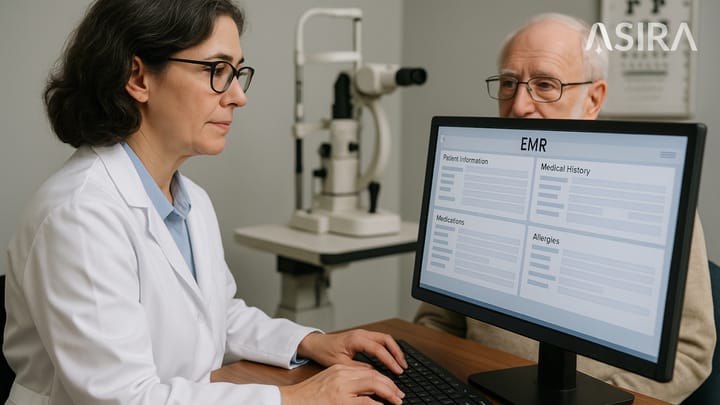The Long-Term Efficacy of DIMS Spectacle Lenses in Controlling Myopia: Insights from a 3-Year Study
The global rise in myopia, particularly in Asian populations, is a pressing public health concern. A promising solution is the Defocus Incorporated Multiple Segments (DIMS) spectacle lens, designed to impose myopic defocus while providing clear vision at all distances.

Introduction
The global rise in myopia, particularly in Asian populations, is a pressing public health concern. High myopia significantly increases the risk of severe ocular conditions such as retinal detachment, glaucoma, and myopic maculopathy, leading to substantial long-term health and economic burdens. Various interventions have been developed to manage myopia progression in children, including pharmacological treatments like atropine eye drops and optical treatments such as orthokeratology and multifocal contact lenses. However, these methods often come with limitations, such as side effects and practical challenges.
A promising solution is the Defocus Incorporated Multiple Segments (DIMS) spectacle lens, designed to impose myopic defocus while providing clear vision at all distances. The lens features a central optical zone for correcting distance vision and multiple small circular segments with positive power distributed in a mid-peripheral honeycomb pattern. A two-year randomized controlled trial (RCT) previously demonstrated that DIMS lenses significantly slowed myopia progression by 52% and axial elongation by 62% compared to single vision (SV) lenses.
Study Objective
This follow-up study aimed to evaluate the long-term efficacy of DIMS lenses over three years. Specifically, it sought to determine whether the myopia control effect observed in the initial trial continued into the third year for children who persisted with DIMS lenses and whether children who switched from SV to DIMS lenses exhibited similar myopia control.
Methodology
Participants
The study included ethnic Chinese children who had completed the initial two-year RCT (NCT02206217) between August 2014 and July 2017. Informed consent was obtained from both the children and their parents. Participants were divided into two groups: those who continued with DIMS lenses (DIMS group) and those who switched from SV to DIMS lenses (Control-to-DIMS group).
Procedures
Cycloplegic spherical equivalent refraction (SER) and axial length (AL) were measured every six months using cycloplegic autorefraction and partial coherence interferometry, respectively. The historical control group was selected from clinical records, matched for age and initial SER, and compared against the experimental groups for third-year changes.
Results
Baseline Data
Out of 160 children who completed the initial RCT, 128 participated in the third-year follow-up, with 120 completing the study. There were no significant differences in baseline characteristics between those who continued in the study and those who did not.
Myopia Progression and Axial Length Changes
DIMS Group
Over three years, the DIMS group showed mean changes of -0.52 diopters (D) in SER and 0.31 mm in AL. These changes were not statistically significant over time, indicating a stable control effect.
Control-to-DIMS Group
In the third year, the Control-to-DIMS group exhibited significantly reduced myopia progression (-0.04 D) and axial elongation (0.08 mm) compared to the first and second years. These reductions were also significantly greater compared to the historical control group.
When comparing the DIMS and Control-to-DIMS groups, no significant differences were found in myopia progression and axial elongation in the third year, suggesting that switching to DIMS lenses provided comparable myopia control to continuous DIMS lens wear.
Discussion
The study confirmed that DIMS lenses effectively slowed myopia progression and axial elongation over three years. The DIMS group continued to benefit from reduced myopia progression, and the Control-to-DIMS group showed significant improvements after switching lenses, even though these children were older at the time of the switch.
Comparisons with Other Studies
The results align with previous studies on multifocal contact lenses and bifocal spectacles. For instance, the myopia progression in the DIMS group was comparable to that observed in studies using dual power contact lenses and multifocal soft contact lenses. Moreover, the reduction in myopia progression was similar to or better than those reported in studies using other optical treatments.
Limitations
A notable limitation of this study was the lack of randomization in the third year, as the original control group switched to DIMS lenses. Additionally, potential confounding factors such as environmental influences and examiner differences could not be fully controlled. Despite these limitations, the historical control group provided a useful comparison, reinforcing the efficacy of DIMS lenses.
Conclusions
DIMS spectacle lenses are an effective intervention for controlling myopia progression in children over a prolonged period. Both continuous use and switching from SV to DIMS lenses showed significant benefits in reducing myopia progression and axial elongation. These findings support the broader adoption of DIMS lenses in clinical practice for myopia management.
Future Directions
Further research is needed to determine the optimal age for initiating DIMS lens treatment and to evaluate the long-term sustainability of myopia control. Monitoring children who discontinue DIMS lenses will also provide insights into potential rebound effects. Continued investigation will help refine myopia management strategies and improve outcomes for children worldwide.
References
- Morgan IG, Ohno-Matsui K, Saw S-M. Myopia. Lancet 2012;379:1739–48.
- Holden BA, Fricke TR, Wilson DA, et al. Global prevalence of myopia and high myopia and temporal trends from 2000 through 2050. Ophthalmology 2016;123:1036–42.
- Lam CS-Y, Lam C-H, Cheng SC-K, et al. Prevalence of myopia among Hong Kong Chinese schoolchildren: changes over two decades. Ophthalmic Physiol Opt 2012;32:17–24.
- Vongphanit J, Mitchell P, Wang JJ. Prevalence and progression of myopic retinopathy in an older population. Ophthalmology 2002;109:704–11.
- Cheng SCK, Lam CSY, Yap MKH. Prevalence of myopia-related retinal changes among 12-18 year old Hong Kong Chinese high myopes. Ophthalmic Physiol Opt 2013;33:652–60.
- Xu L, Wang Y, Wang S, et al. High myopia and glaucoma susceptibility the Beijing eye study. Ophthalmology 2007;114:216–20.
- Holden B, Sankaridurg P, Smith E, et al. Myopia, an underrated global challenge to vision: where the current data takes us on myopia control. Eye 2014;28:142–6.
- Fricke TR, Holden BA, Wilson DA, et al. Global cost of correcting vision impairment from uncorrected refractive error. Bull World Health Organ 2012;90:728–38.
- Huang J, Wen D, Wang Q, et al. Efficacy comparison of 16 interventions for myopia control in children: a network meta-analysis. Ophthalmology 2016;123:697–708.
- Smith MJ, Walline JJ. Controlling myopia progression in children and adolescents. Adolesc Health Med Ther 2015;6:133–40.
- Tang WC, Leung M, Wong ACK. Optical interventions for myopia control. In: Ang M, Wong T, eds. Updated on myopia. Singapore: Springer, 2020.
- Chua W-H, Balakrishnan V, Chan Y-H, et al. Atropine for the treatment of childhood myopia. Ophthalmology 2006;113:2285–91.
- Chia A, Chua W-H, Cheung Y-B, et al. Atropine for the treatment of childhood myopia: safety and efficacy of 0.5%, 0.1%, and 0.01% doses (Atropine for the Treatment of Myopia 2). Ophthalmology 2012;119:347–54.
- Clark TY, Clark RA. Atropine 0.01% Eyedrops significantly reduce the progression of childhood myopia. J Ocul Pharmacol Ther 2015;31:541–5.
- Yam JC, Jiang Y, Tang SM, et al. Low-Concentration Atropine for Myopia Progression (LAMP) Study: A Randomized, Double-Blinded, Placebo-Controlled Trial of 0.05%, 0.025%, and 0.01% Atropine Eye Drops in Myopia Control. Ophthalmology 2019;126:113–24.
- Cho P, Cheung S-W. Retardation of myopia in Orthokeratology (ROMIO) study: a 2-year randomized clinical trial. Invest Ophthalmol Vis Sci 2012;53:7077–85.
- Hiraoka T, Kakita T, Okamoto F, et al. Long-term effect of overnight orthokeratology on axial length elongation in childhood myopia: a 5-year follow-up study. Invest Ophthalmol Vis Sci 2012;53:3913–9.
- Santodomingo-Rubido J, Villa-Collar C, Gilmartin B, et al. Myopia control with orthokeratology contact lenses in Spain: refractive and biometric changes. Invest Ophthalmol Vis Sci 2012;53:5060–5.
- Cheng D, Woo GC, Drobe B, et al. Effect of bifocal and prismatic bifocal spectacles on myopia progression in children: three-year results of a randomized clinical trial. JAMA Ophthalmol 2014;132:258–64.
ASIRA is a simple and secure, cloud-based software tool, built BY optometrists FOR optometrists, that helps eye care professionals reduce the time and effort required to maintain clinical records, schedule appointments, generate bills, manage inventory and much more!
To find out more, visit www.asira.health and sign up for a 30-Day FREE TRIAL! If you're a new practice owner or a fresh graduate thinking of entrepreneurship, visit www.asira.health/optompreneur to learn how ASIRA can help reduce your costs and increase revenue.




